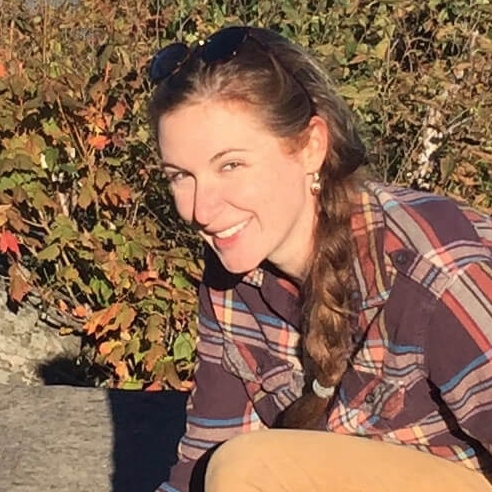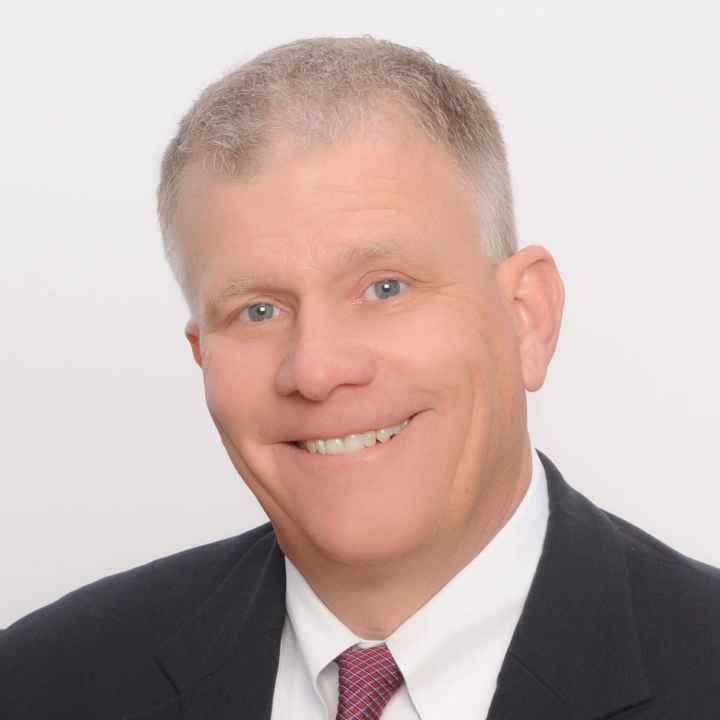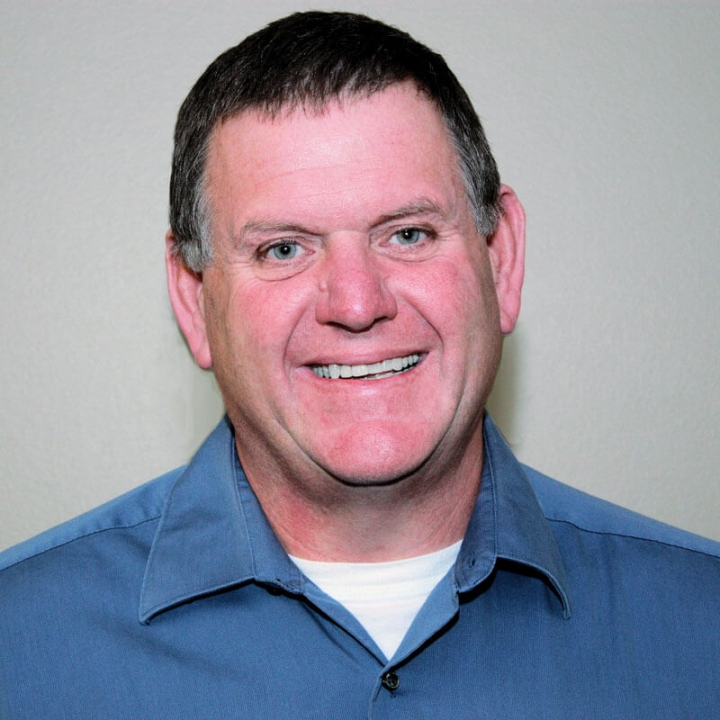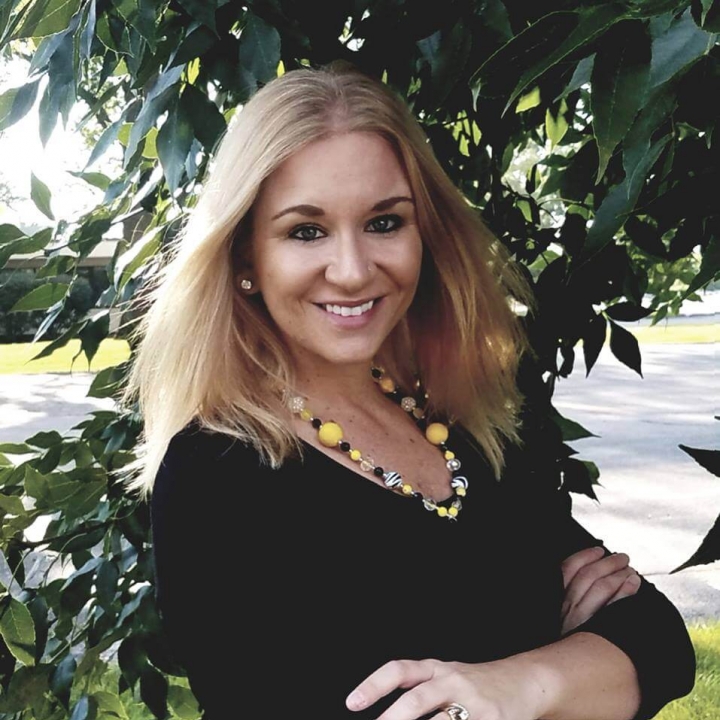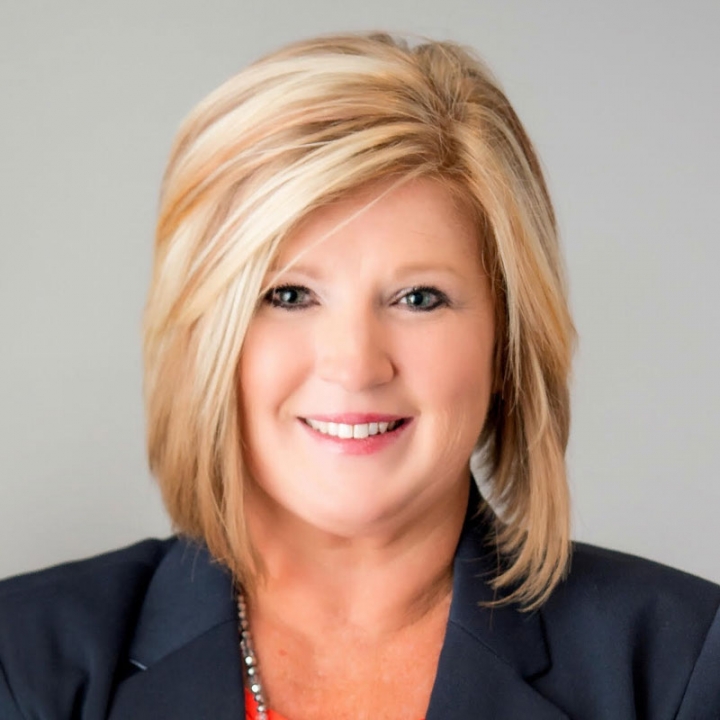Words by Sarah Ziegenhorn
In the past five years, communities across Iowa have put together committees and task forces in order to identify solutions to the overdose crisis.
As a participant in multiple such committees, as well as a consultant providing technical assistance to State Targeted Opioid Response grant recipients (the grant through which the federal government has provided states with money to respond to the overdose crisis), I’ve played a role in developing plans to reduce overdose deaths. More importantly, I’ve also spent the past several years operating an overdose prevention and naloxone distribution program that serves the state of Iowa. Working in four cities and serving the counties surrounding these metro areas (as well as theoretically any Iowa county by mail), the program I direct has distributed nearing 40,000 doses of naloxone since July 1, 2017. Focusing our naloxone distribution on people who use drugs, our program has documented nearly 2,500 reports of overdose reversals. We suspect this number is higher in reality – these are just the individuals who have taken the time to come and tell us that they reversed an overdose with the naloxone we provided to them.
The results of our program are striking. And we believe that they have contributed to the significant decrease in overdose fatalities across the state. Yet, no city, county, or state agency has created a funding opportunity to support the critical life-saving work of our program. We’ve operated on a shoestring budget, selling t-shirts and utilizing volunteer labor, while the federal government has allocated millions of dollars to each state for the overdose crisis response. In the meantime, many community leaders, organizations, researchers, and elected officials have approached IHRC for assistance as they try to understand what strategies will work to end the overdose crisis and build programs based on the best available evidence. Because we routinely field questions from community members about how our program works, why we built it, and what sets of best practices, data, and evidence prop it up, I’ve put together an overdose prevention program starter pak. This set of resources provides some basic information about the history of naloxone access in the United States, and documents the ways in which harm reduction programs have found success in disseminating overdose prevention and response education while blanketing at-risk communities with free, accessible naloxone. This brief post is meant to summarize a few key resources that will help orient community leaders, advocates, elected officials, public health practitioners, researchers, health care providers, and others to the field of overdose prevention and provide a crash-course in what works.
A local paper, The Gazette, reviews comparative findings of one year’s worth of naloxone distribution from community-based organizations and naloxone administrations performed by law enforcement departments. The editorial echos the findings of many of the research studies summarized below: while law enforcement naloxone access can be positive, prioritizing naloxone access for people who use drugs is the most important strategy for making a dent in overdose deaths.
Know Your History: The Origins of Naloxone Distribution
In late 2019, Eliza Wheeler posted an article to Medium, written in celebration of a distribution of 1,000,000 doses of naloxone by harm reduction programs in 2019 and in memory of her late friend and colleague, Dan Bigg. Bigg founded the Chicago Recovery Alliance in the early 1990s and is the driving force around the availability of naloxone outside of hospitals today. While it is now customary for law enforcement officers, EMS, firefighters, and the like to carry naloxone, this is a major departure from the 1990s, when naloxone was a little-known drug relegated to surgical suites and the practices of anesthesiologists. Bigg was a visionary who worked to deregulate this silver bullet and promoted mass distribution of naloxone at the community level. He fundamentally believed that the best people to possess and administer naloxone were people who use drugs themselves, and his theory has proved accurate. Wheeler, who administers a buyers club for harm reduction programs looking to purchase naloxone, has researched naloxone administration in community settings (see below) and found that people who use drugs (as a group) administer far, far, far more naloxone than any other group of professionals charged with protecting the health and safety of the public.
Eliza Wheeler: The history of naloxone distribution in the United States
Just this month, Nancy D. Campbell released a long-awaited new book on the history of the U.S. opioid crisis, naloxone, and the harm reduction community’s organized response. Campbell, a social scientist, has followed up a series of excellent books on drug policy with what is essentially a history of the harm reduction community’s work to create programs and services informed and operated by the experiences of people who use drugs. OD: Naloxone and the Politics of Overdose, “charts the emergence of naloxone as a technological fix for overdose and describes the remaking of overdose into an experience recognized as common, predictable, patterned―and, above all, preventable. Naloxone, which made resuscitation, rescue, and “reversal” after an overdose possible, became a tool for shifting law, policy, clinical medicine, and science toward harm reduction. Liberated from emergency room protocols and distributed in take-home kits to non-medical professionals, it also became a tool of empowerment. After recounting the prehistory of naloxone―the early treatment of OD as a problem of poisoning, the development of nalorphine (naloxone’s predecessor), the idea of “reanimatology”―Campbell describes how naloxone emerged as a tool of harm reduction.”
Nancy D. Campbell: OD: Naloxone and the Politics of Overdose
Putting it Together: Best Practice Guidelines
A number of governmental and non-governmental organizations have created summary documents of the research that has emerged from the programs that Bigg designed and that operate along similar principles. Many studies have evaluated whether the prioritization of naloxone distribution directly to people who use drugs is truly effective at reducing overdose deaths at a community level. Several key summary documents have emerged in past years.
A 2018 report from the CDC reviews a set of evidence-based strategies for reducing overdose deaths. The report is designed as an instruction manual of sorts, meant to assist individuals working at the community-level with development of programs and policies. It reviews a set of programs to which there is a corresponding evidence-base, highlighting those programs and policies which are deemed to be most effective.
In 2019, the research organization RTI brought together a group of experts with experience operating overdose prevention and naloxone distribution programs, or working in the broader overdose prevention field in another capacity. The intent: to create a document with guidelines that would help stakeholders understand what policies and principles are needed to operate a successful program that achieves its stated goals. {Full disclosure, I was one of the key informants or “experts” interviewed for this project.} The result is an excellent summary of the approaches used within strong and effective overdose prevention programs. Many organizations have attempted naloxone distribution in past years, with a wide range of stakeholder organizations working to improve access. Yet, experts in the report identify a number of programmatic requirements that can halt a program from being effective and essentially serve as barriers.
The inimitable national Harm Reduction Coalition designed a stepwise guide that is useful reading for those with the goal of eliminating overdose. This manual is designed to outline the process of developing and managing an Overdose Prevention and Education Program, with or without a take-home naloxone component. Overdose prevention work can be easily integrated into existing services and programs that work with people who use or are impacted by drugs, including shelter and supportive housing agencies, substance abuse treatment programs, parent and student groups, and by groups of people who use drugs outside of a program setting.
Harm Reduction Coalition: Overdose Prevention & Naloxone Manual
Bonus
Overdose prevention programs are at their most effective when they put naloxone directly into the hands of those who are most at risk of overdose: individuals who use heroin and illicit drugs that may be unknowingly contaminated with synthetic opioids (eg. fentanyl). The general goal of these programs is to blanket a community of drug users with naloxone. There is theoretically one distribution network that is most likely to permeate this network of individuals: people who sell illicit drugs. Reporting from Filter explores the ways in which public health programs can take advantage of these markets and distribution channels to ensure all individuals at-risk are armed with the overdose reversal agent.


